20 Asian dog breeds
From monastery sentinels to emperors’ lapdogs – each of these Asian dog breeds is steeped in rich history, culture, and charm
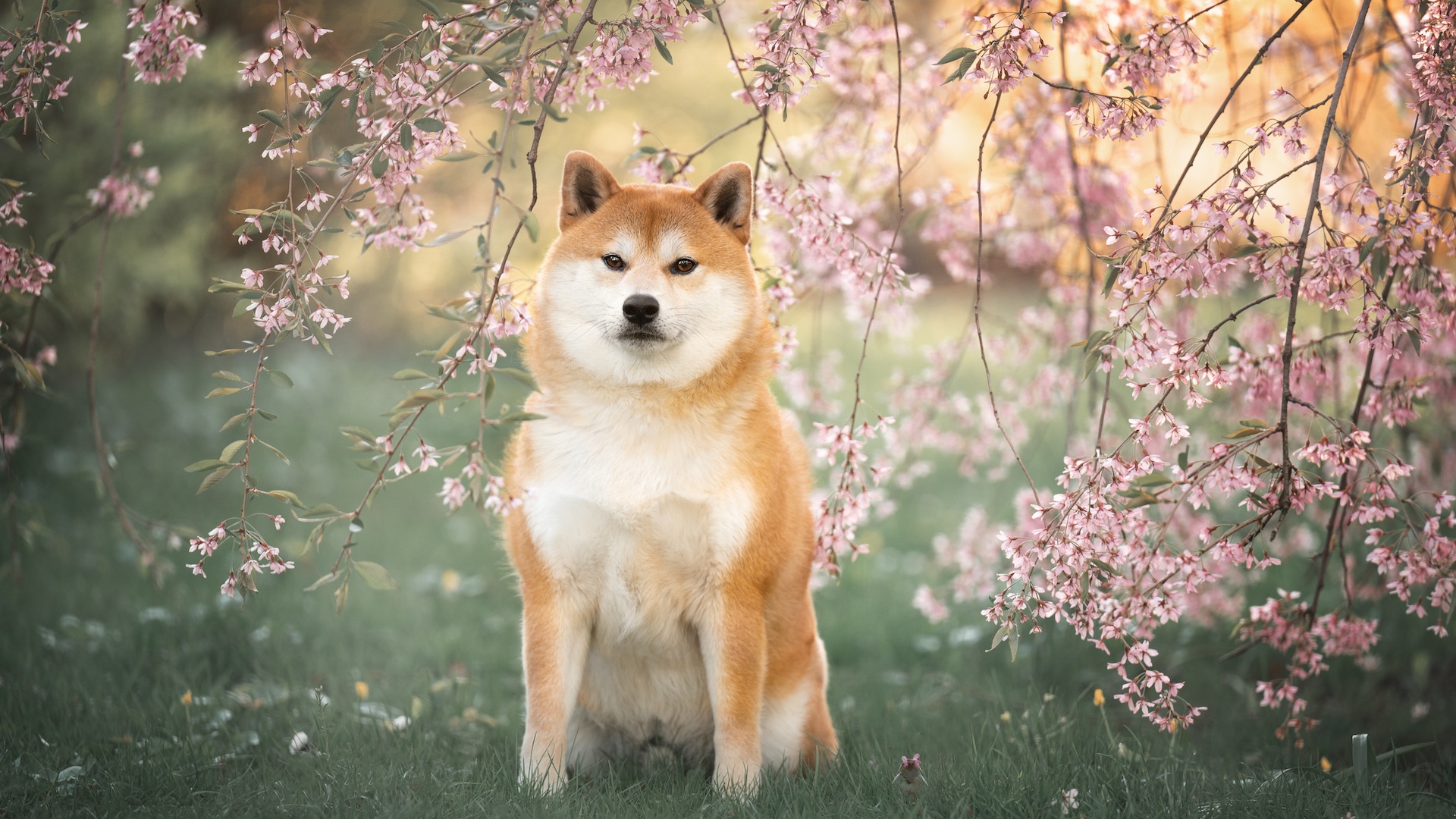
The term “oriental dog” means that the breed originated in East or Far East Asia, most commonly in Japan, China and Tibet. Ranging from petite Shih Tzus to behemoth Tibetan Mastiffs, from fluffy chow chows to sleek and athletic Thai Ridgeback, these widely varying breeds have unique characteristics and histories that reflect the diverse cultures of their origins.
Throughout millennia, domesticated Asian dogs filter through all the strata of society. They’ve worked as haulers and herders, been royal companions and guardians of religious temples. But despite their long history and development in East Asia, many of these breeds are highly sought-after and popular pets throughout the world.
Let’s take a look at oriental breeds of all shapes and sizes.
Oriental dog breeds
1. Shih Tzu
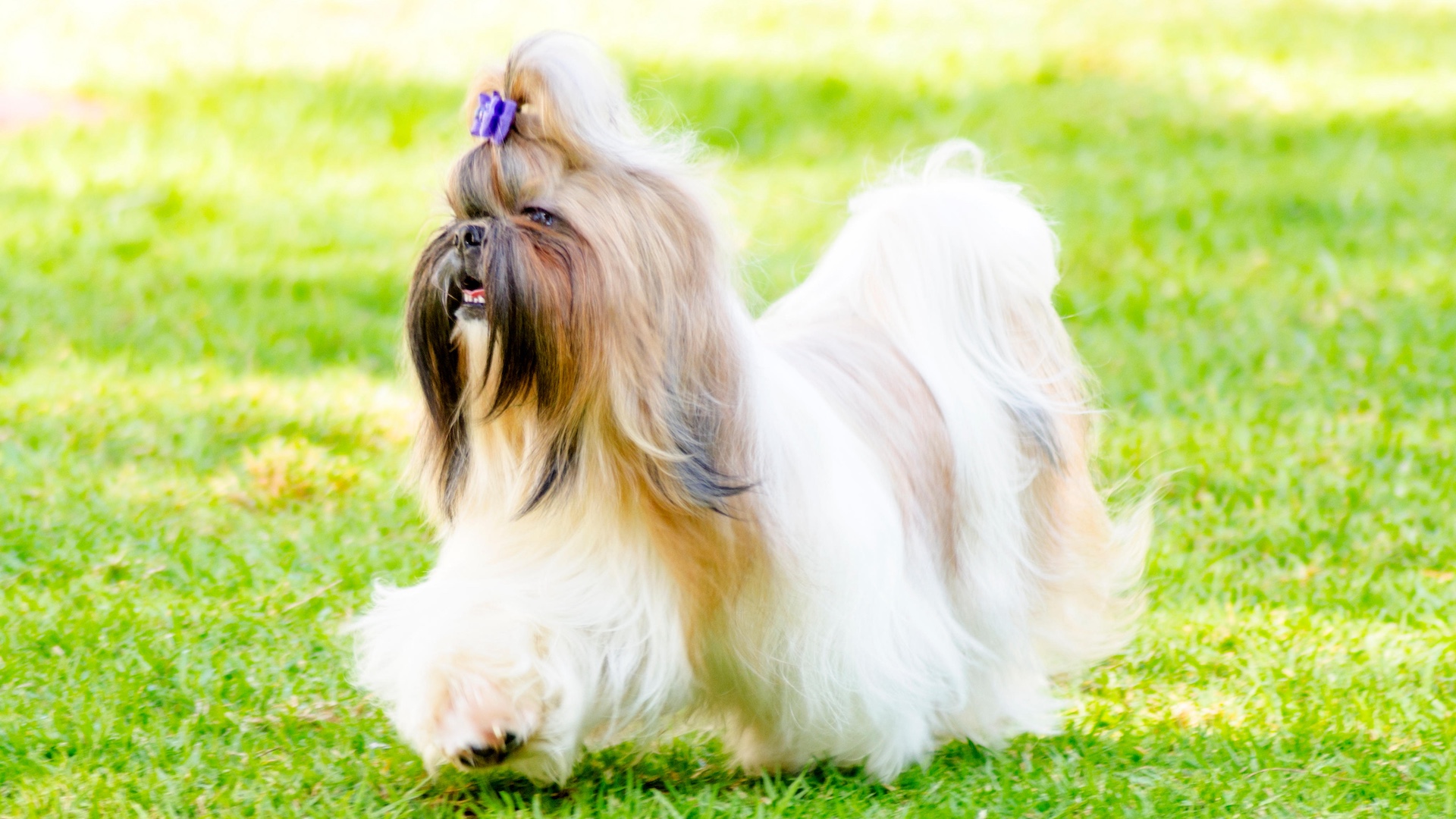
The precise history of these silky lap dogs is a little hazy, but their ancestry lies in Tibetan temples and as canine companions for Chinese royalty. They resemble mini lions thanks to their copious “manes”, and as lions were sacred in Buddhism, this afforded them special status.
Nowadays the even-tempered Shih Tzu makes an affectionate family pet, bred over centuries to live alongside humans. Just be prepared for some serious grooming of those luscious locks...
2. Chow chow
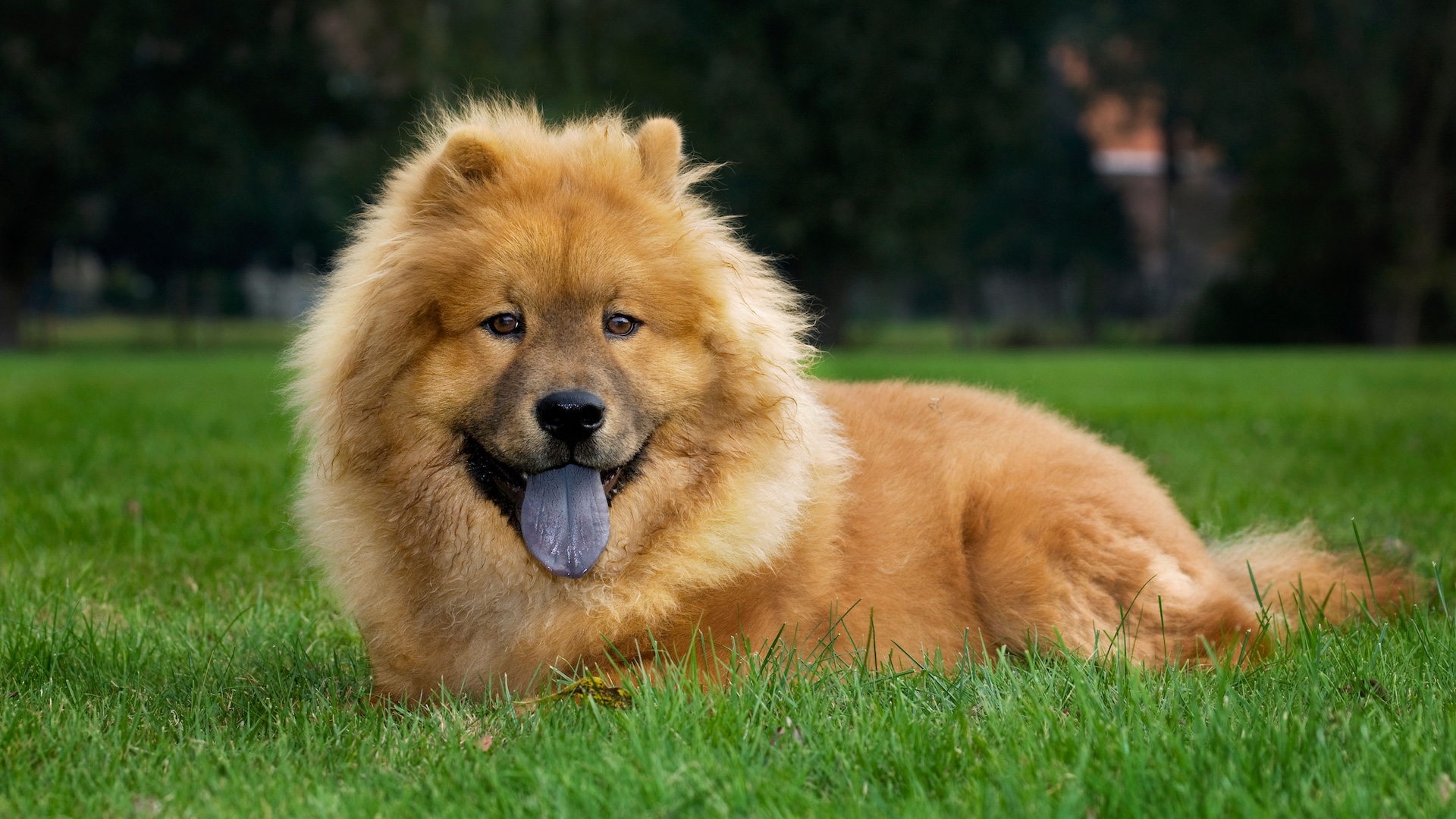
Originating in Ancient China where they were used as guarding and herding dogs, the chow chow is powerful and dignified – known for their signature purplish-black tongues in adulthood. This is a very old breed, one of the earliest known “basal” breeds, from which most modern dogs are derived.
With their thick coats and fluffy ruffs, they have something of the lion in them, but tend to form strong bonds with their humans. They are somewhat aloof in temperament and can have a stubborn streak, but on the upside they are renowned for being super-clean, both in house-training and body odor.
Get the best advice, tips and top tech for your beloved Pets
3. Lhasa Apso
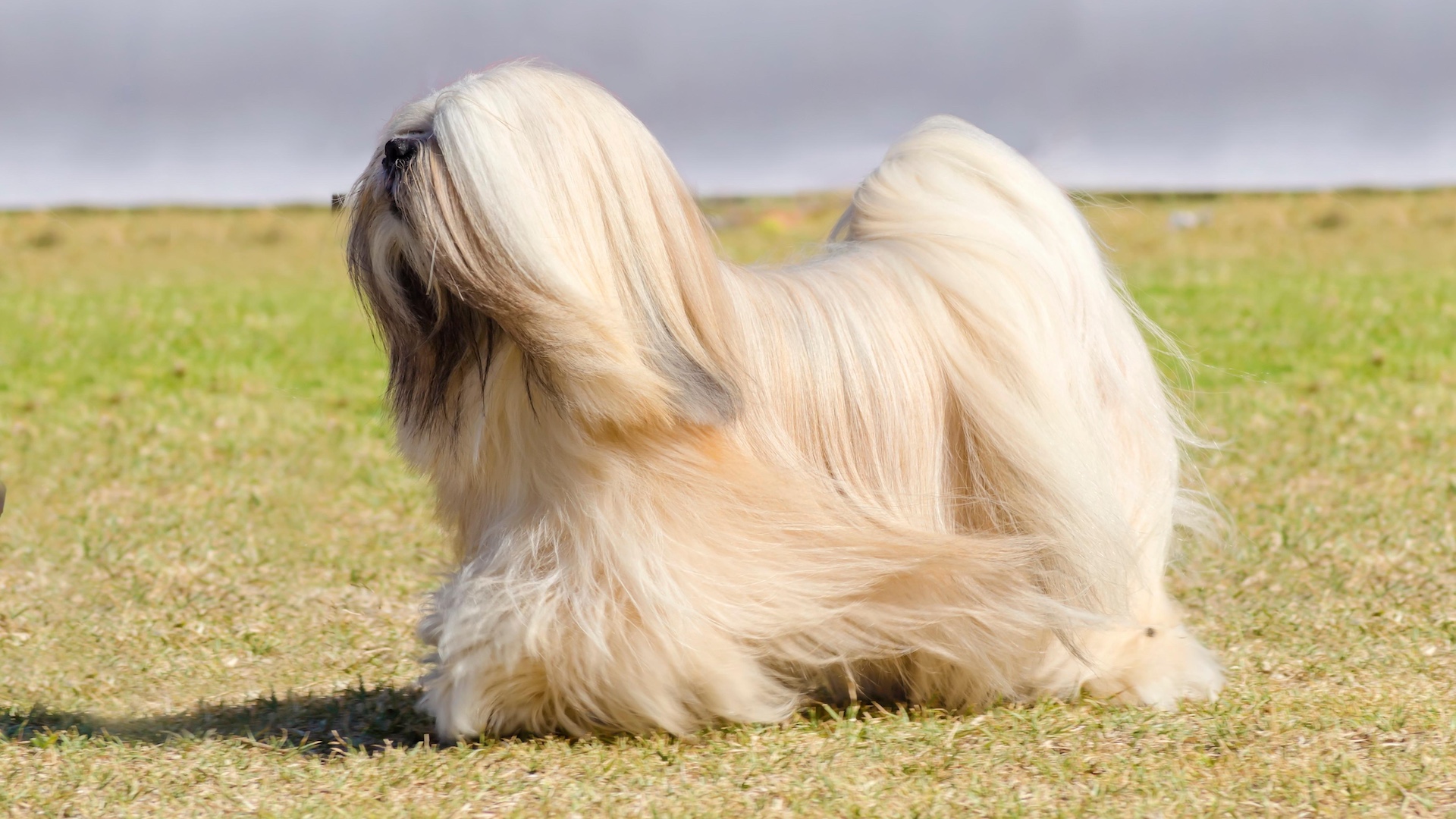
Despite their diminutive size, the Lhasa Apso’s original role was as a guard dog at palaces and monasteries in the Himalayas. These Tibetan cuties might be small, but they are both hardy and regal, with their flowing, straight coat falling to the floor on each side.
Uber glamorous, yet both feisty and lazy all at once, the Lhasa Apso is distinctive both in character and looks.
4. Thai Ridgeback
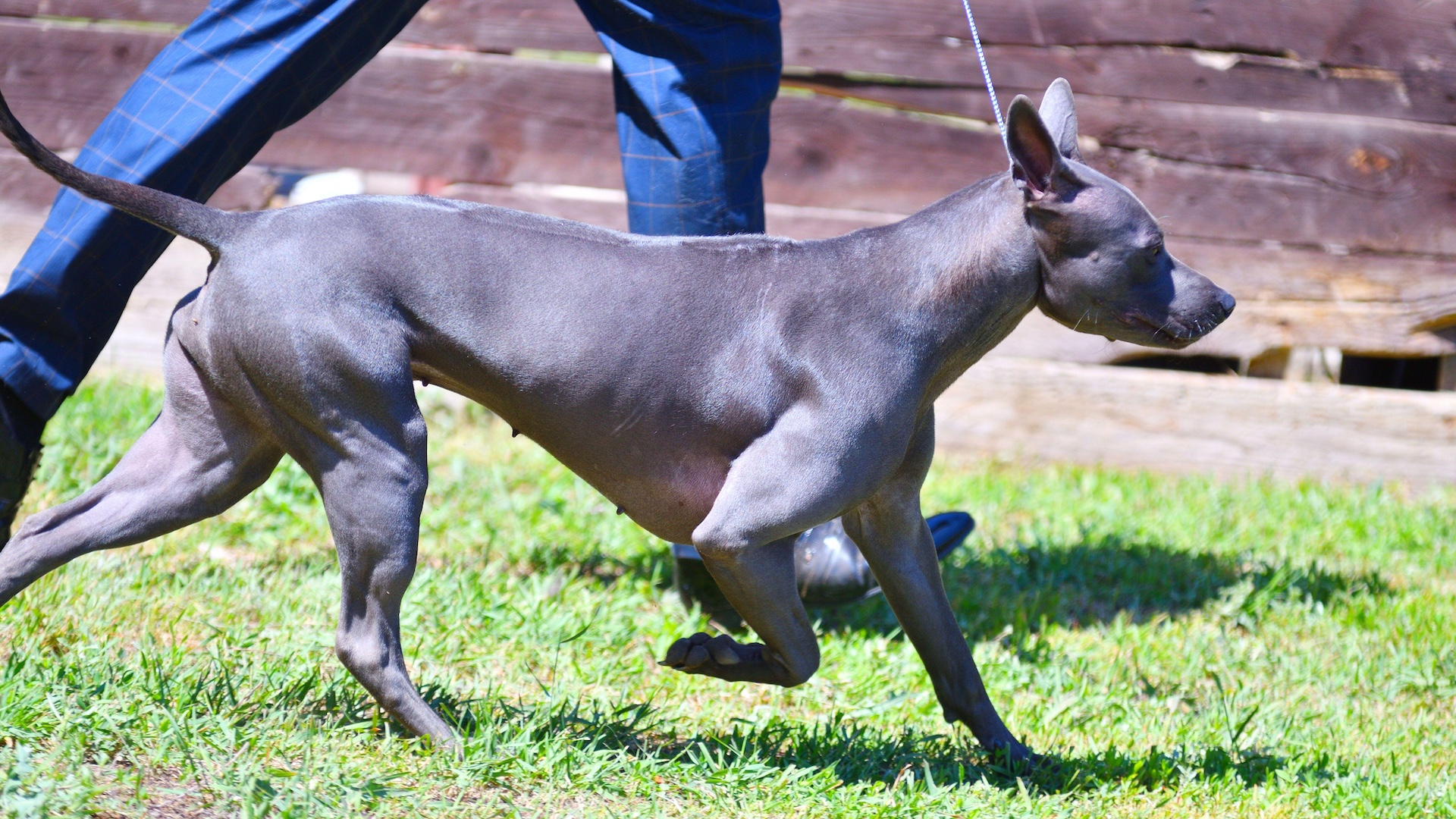
The Thai Ridgeback is not yet a well established breed outside its homeland, although several kennel clubs, including the Federation Cynologique Internationale and American Kennel Club do recognize it.
It is an ancient breed, one of the few that have a ridge of hair along its back formed by the hairs growing in the opposite direction. Like other ridgeback breeds, the Thai version is known for its loyalty, survival instincts and athleticism.
They come in solid colors of blue, black, red or fawn, occasionally with a black mask.
5. Akita Inu
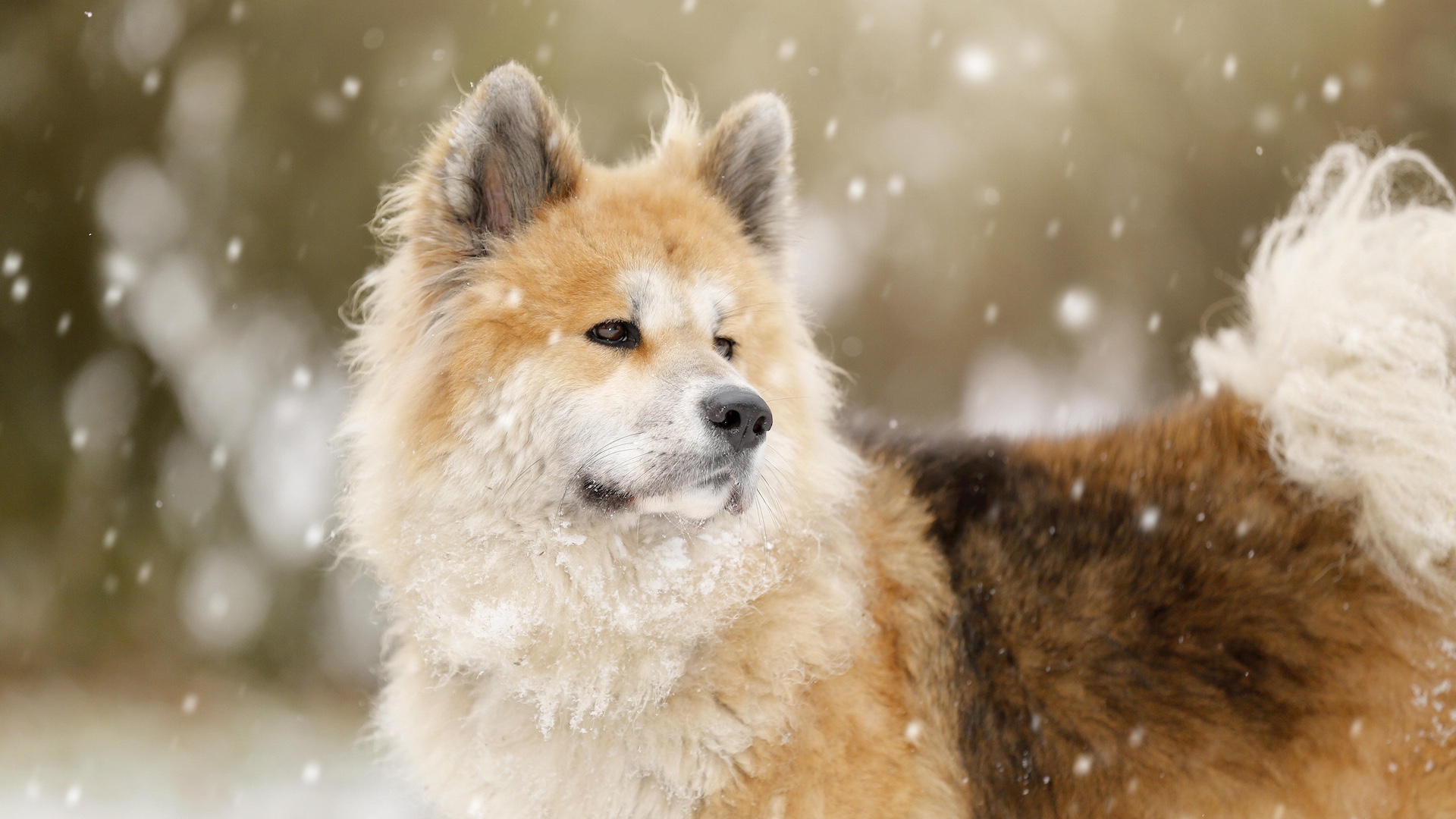
“Inu” means dog in Japanese, which is where the akita hails from. The American Kennel Club recognizes both the American Akita and the akita inu and they are considered separate breeds, although this is controversial in Japan.
Akitas are known for being family protectors, being big-boned, imposing dogs with curled tails and thick coats. While affectionate with those they trust, they tend to be wary of strangers and have strong instincts to keep their loved ones safe.
6. Japanese Chin
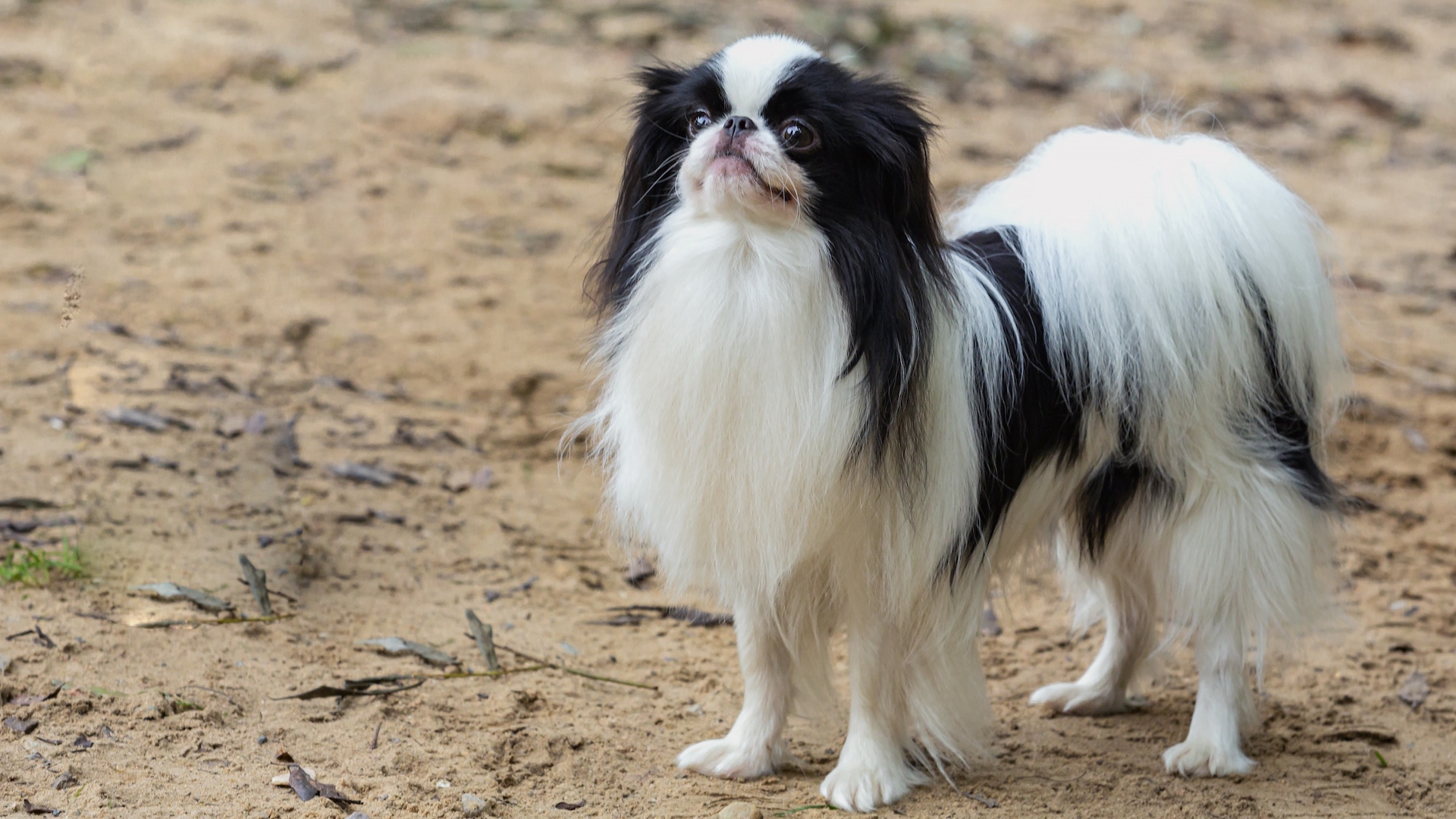
Of all the Japanese dog breeds, the diminutive Chin is arguably the cutest (though the jury’s out on whether it really, truly came from Japan). A delightful toy lapdog with a long, silky coats, they have a regal outlook and tend to love us humans.
With their aristocratic connections, exotic look, large eyes and profuse coat, this is a dog with a feline side.
7. Shiba inu
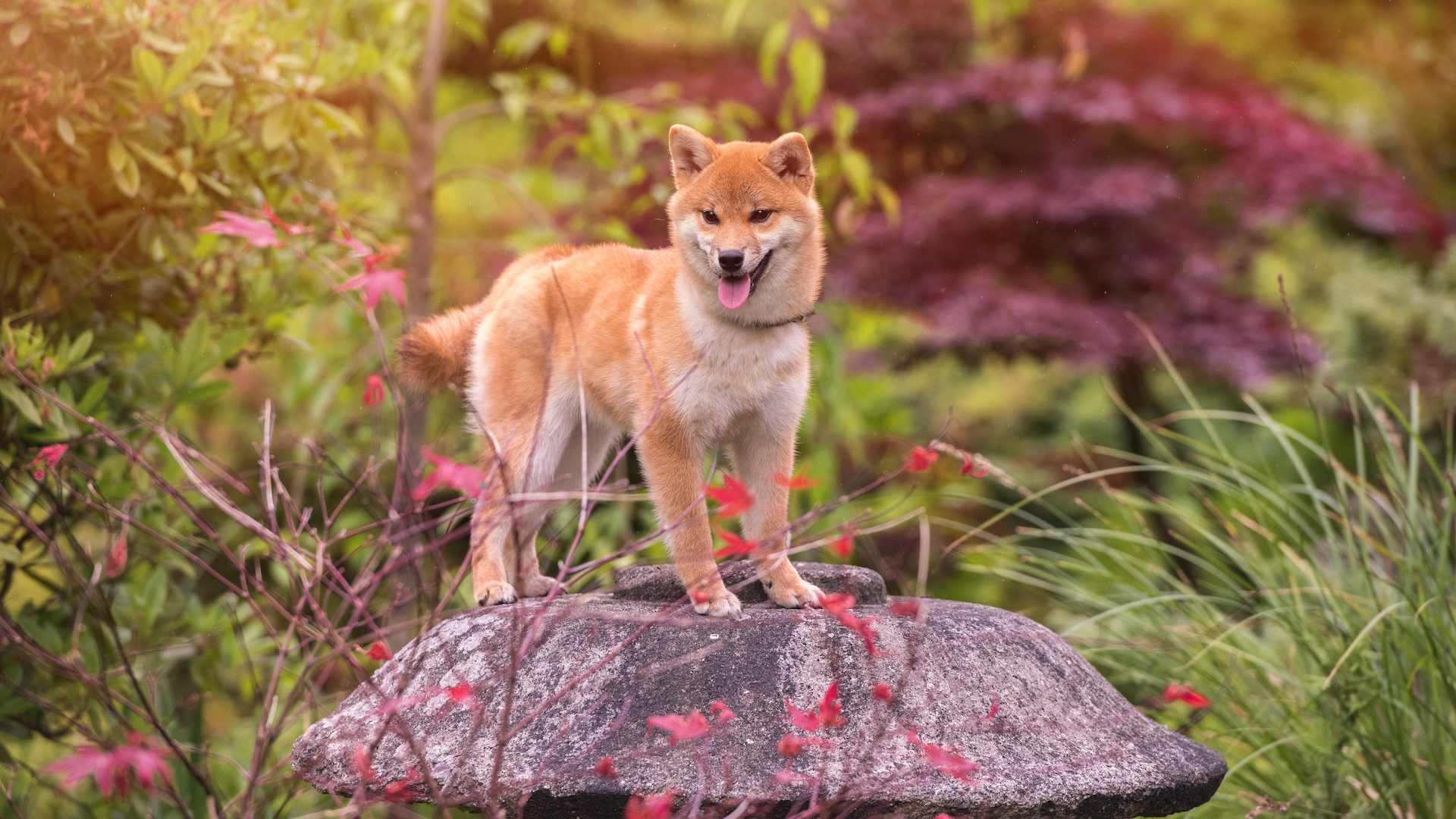
The shiba inu is a foxy spitz breed developed to hunt small game in the Japanese mountains. As befits a mountain dog, they have a dense double coat (in four stunning colors), and an independent streak. Nowadays they make great pet dogs so long as they have sufficient early socialization, and make fun, loyal and playful companions.
8. Pug
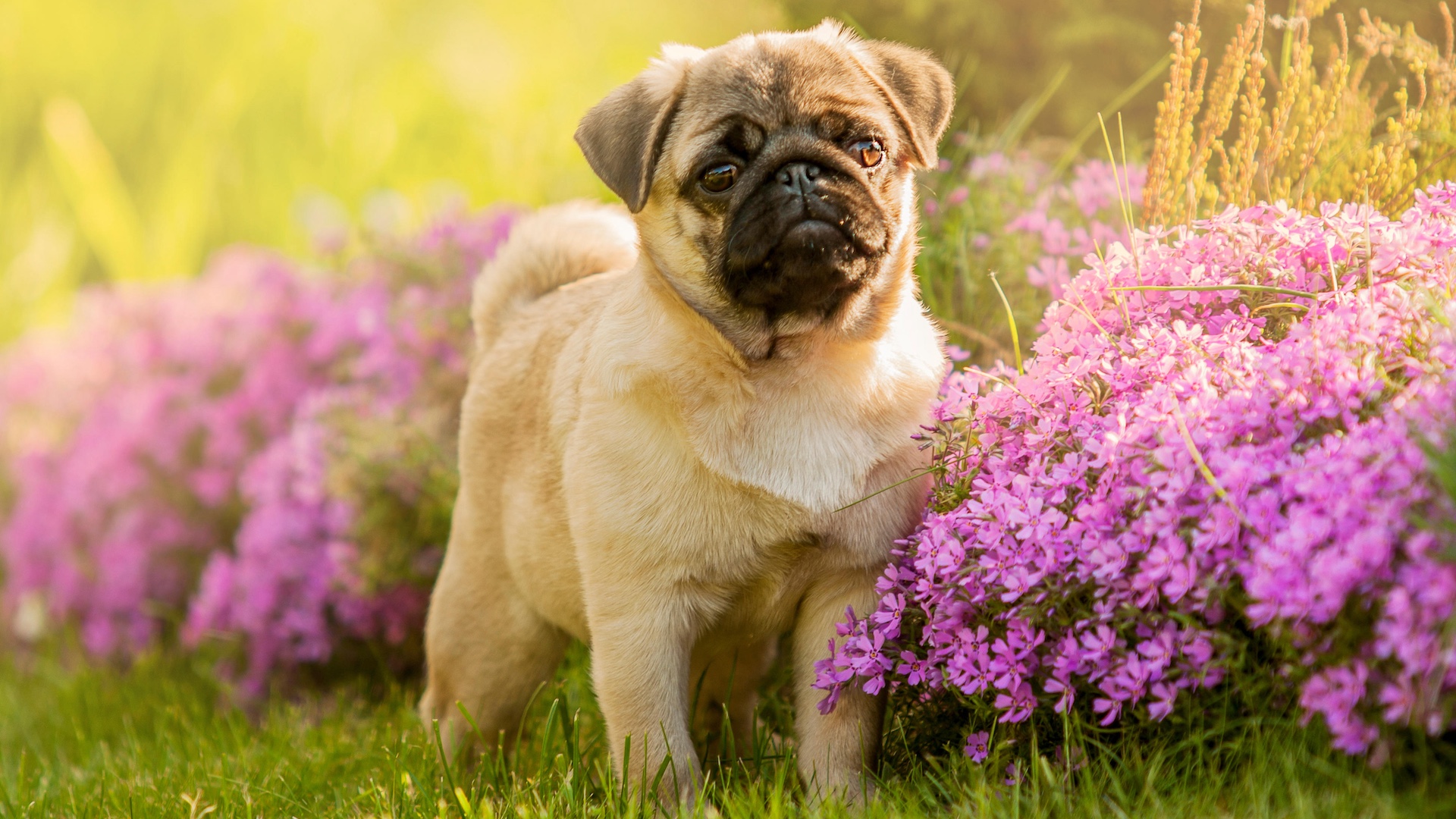
This brachycephalic companion breed is a charming, impish and fun little dog whose primary aim in life is to share the love – and act the clown. With their scrunchy faces, big round eyes and snuffles, pugs are a comical character who’s impossible not to adore.
Initially bred to entertain Chinese emperors thousands of years ago, since the 16th century they have been beloved in Western societies too, popularized by Queen Victoria.
9. Tibetan Mastiff
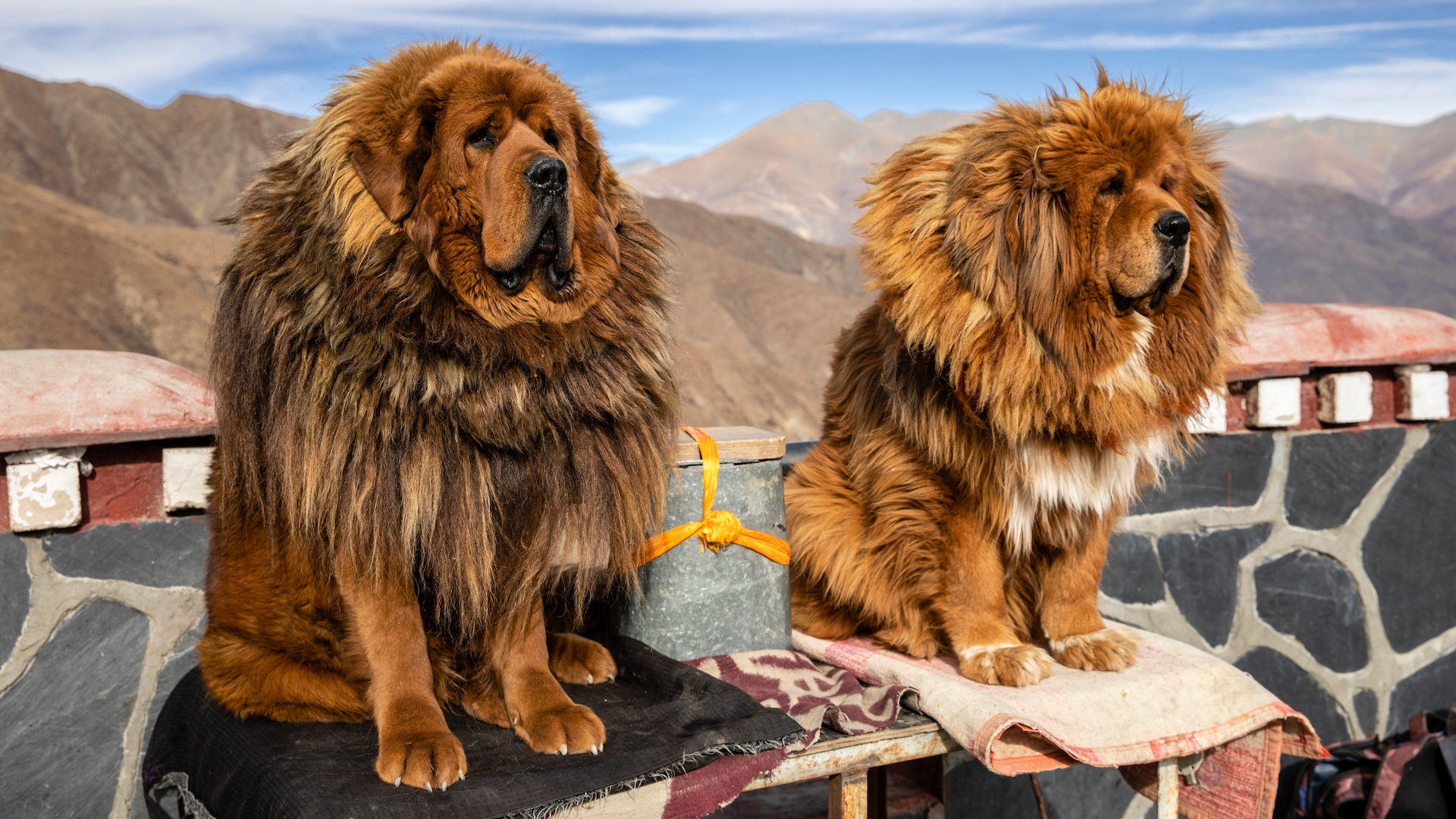
This ancient Tibetan breed is the archetypal guardian: devoted to their family and mistrustful of strangers. More mountain dog than mastiff, they are massive creatures with dense coats to protect them against Himalayan winters. However, despite their colossus appearance Tibetan Mastiffs are surprisingly nimble.
10. Pekingese
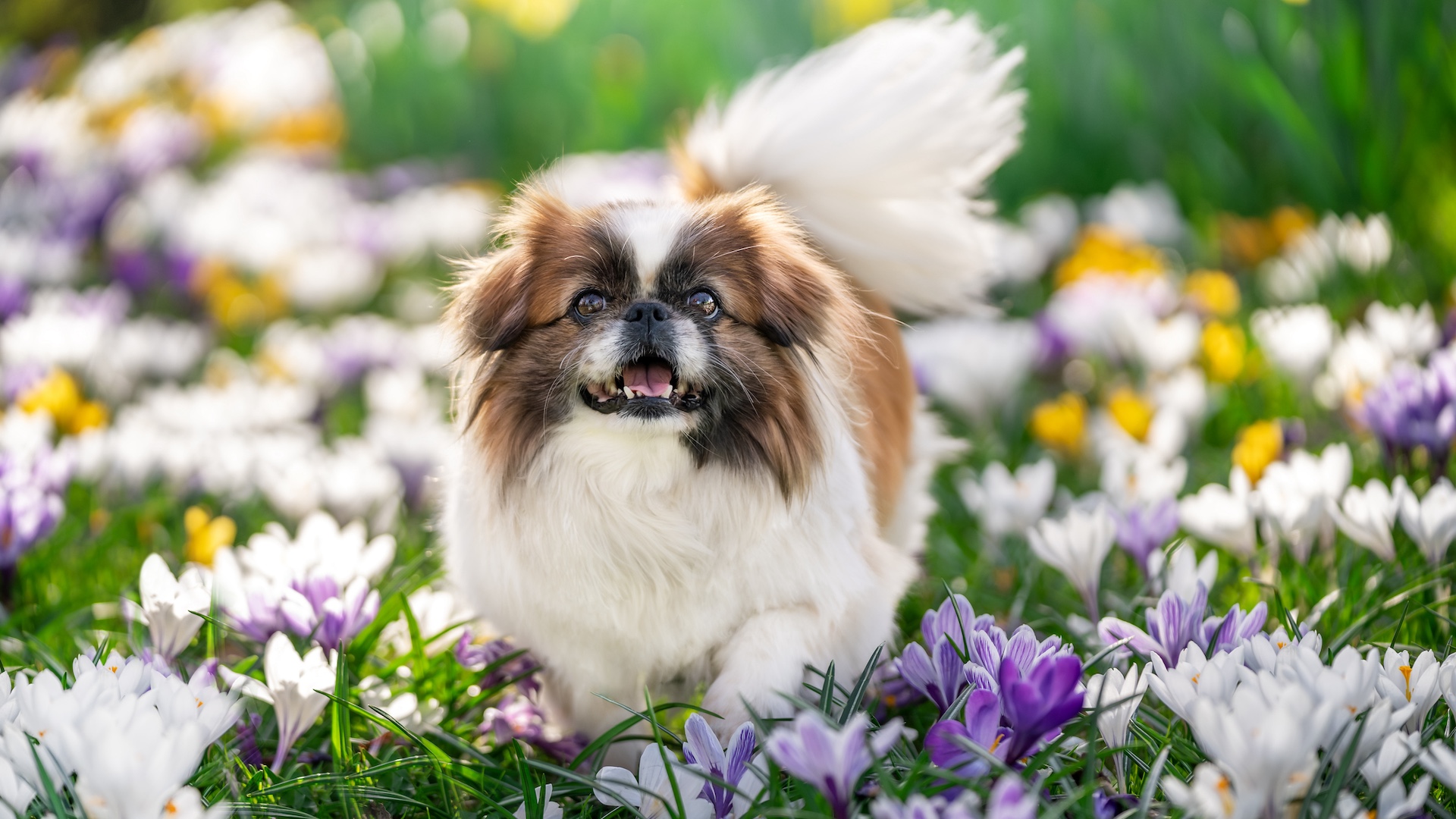
Like many Asian lapdog breeds, the Pekingese was developed as companions for Ancient Chinese emperors. Its name derives from Peking – as the capital of China, Beijing, was previously called.
While their origins stretch back millennia, Pekingese dogs continue to act as though they belong in a palace – being opinionated, charming and ever so confident in their status, whatever their (tiny) size.
11. Shar pei
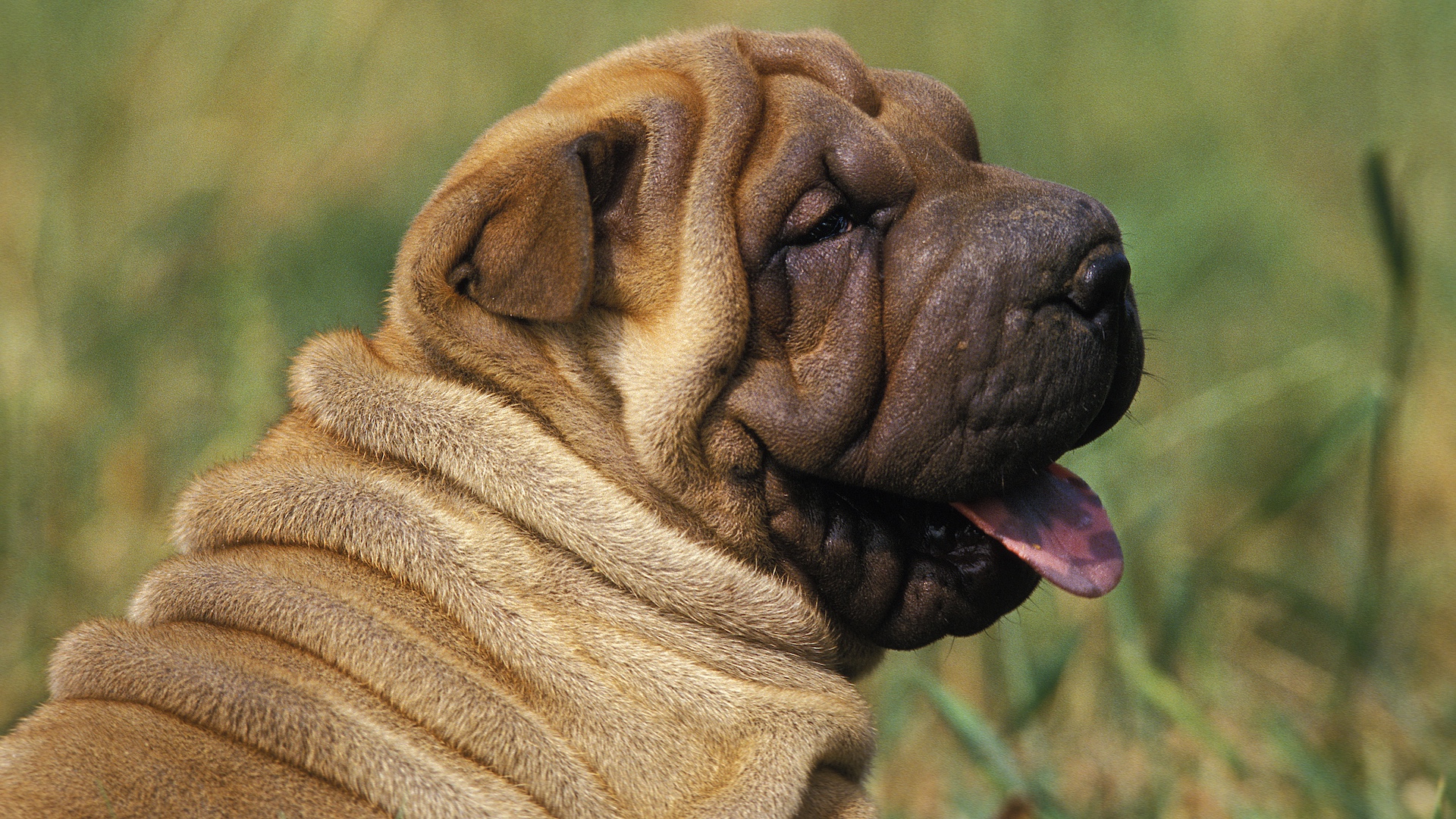
Like many Asian breeds, the shar pei is both a natural companion and guard dog, loving to his own family but aloof towards strangers. Developed in the imperial palaces of southern China, these strong and independent dogs now make loving pets in experienced homes.
They are somewhat extraordinary in appearance as an extreme wrinkly breed, their trademarks are their massive folds of loose skin around the head, neck and shoulders, a blue-black tongue, and a muzzle that resembles a hippo! Shar pei means “sandy skin” – which describes their harsh, bristly and sandy-colored coat.
12. Tibetan Spaniel

The Tibetan Spaniel bears little resemblance to most other spaniel breeds, being closer in appearance to its fellow Asian breeds the Pekingese, pugs and Lhasa Apsos.
Like many of these small companion breeds, the “Tibbie” was created as a (super-cute) guard dog for monasteries, has a silky coat and a ruff resembling a lion’s mane – the animal considered almost sacred in Buddhism.
13. Korean Jindo
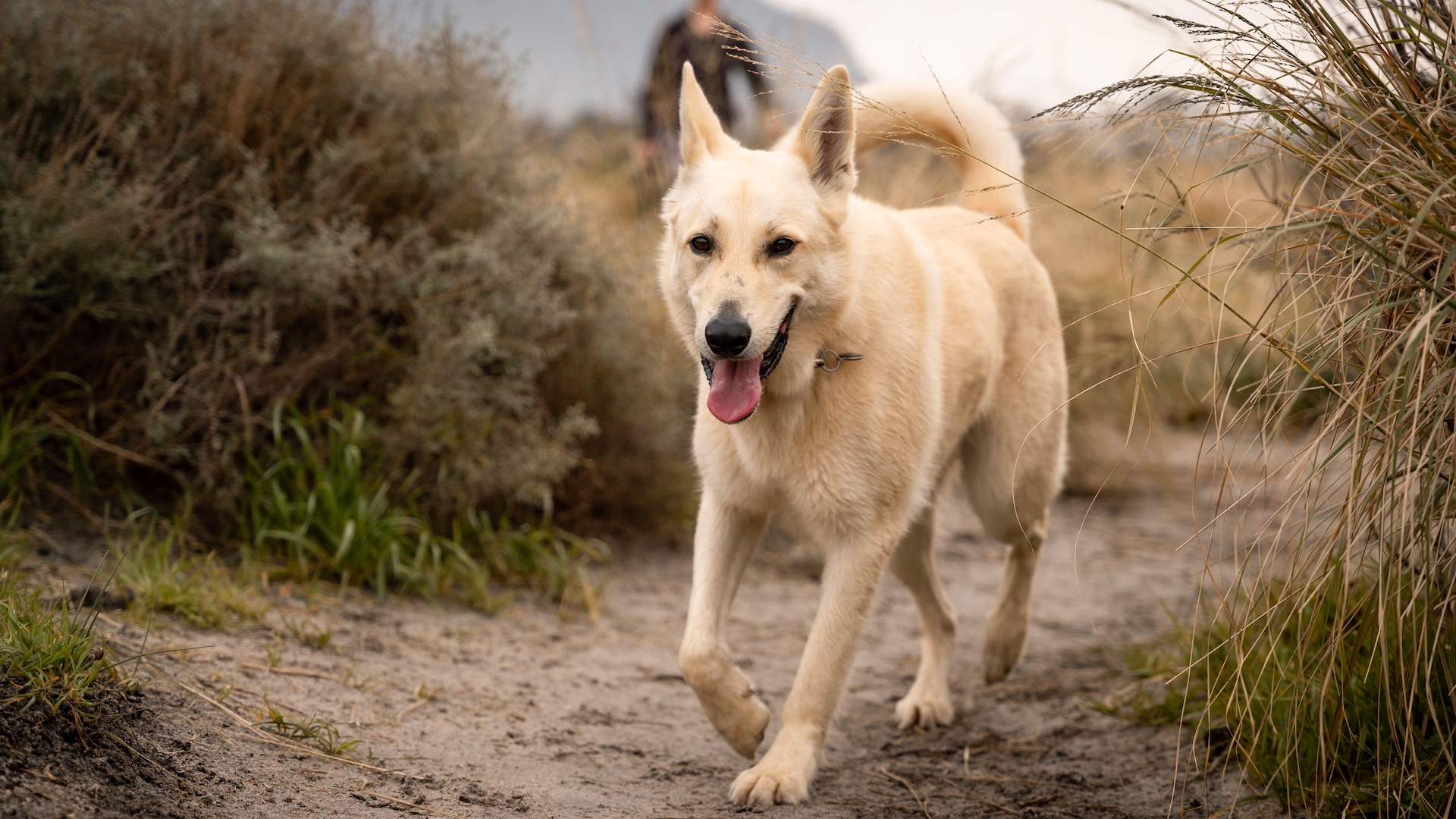
The Korean Jindo is a fairly new addition to the American Kennel Club, and is still a foundation stock breed rather than established (due to needing a solid base of stock to confirm recognition of a new breed). They are rare outside their homeland.
The Jindo is native to the eponymous island in South Korea and is one of the country’s national treasures, signifying its importance in the culture and heritage and ensuring the breed’s preservation.
Jindos are known for their loyalty and good temperaments, but they are also highly active and impressive jumpers, which makes them great escape artists. They are a spitz breed, resembling foxes, and were developed for hunting and guarding.
14. Tibetan Terrier

Much like the Tibetan Spaniel bearing little resemblance to a western spaniel, the Tibetan Terrier has little to do with most terriers. In fact, they’re more of a herding dog, while also having acted as a watchdog at Buddhist monasteries through their history.
Their long and dense coat is their hallmark, while their fluffy feet are another feature that helped them thrive in the snowy Tibetan landscape.
15. Japanese Spitz
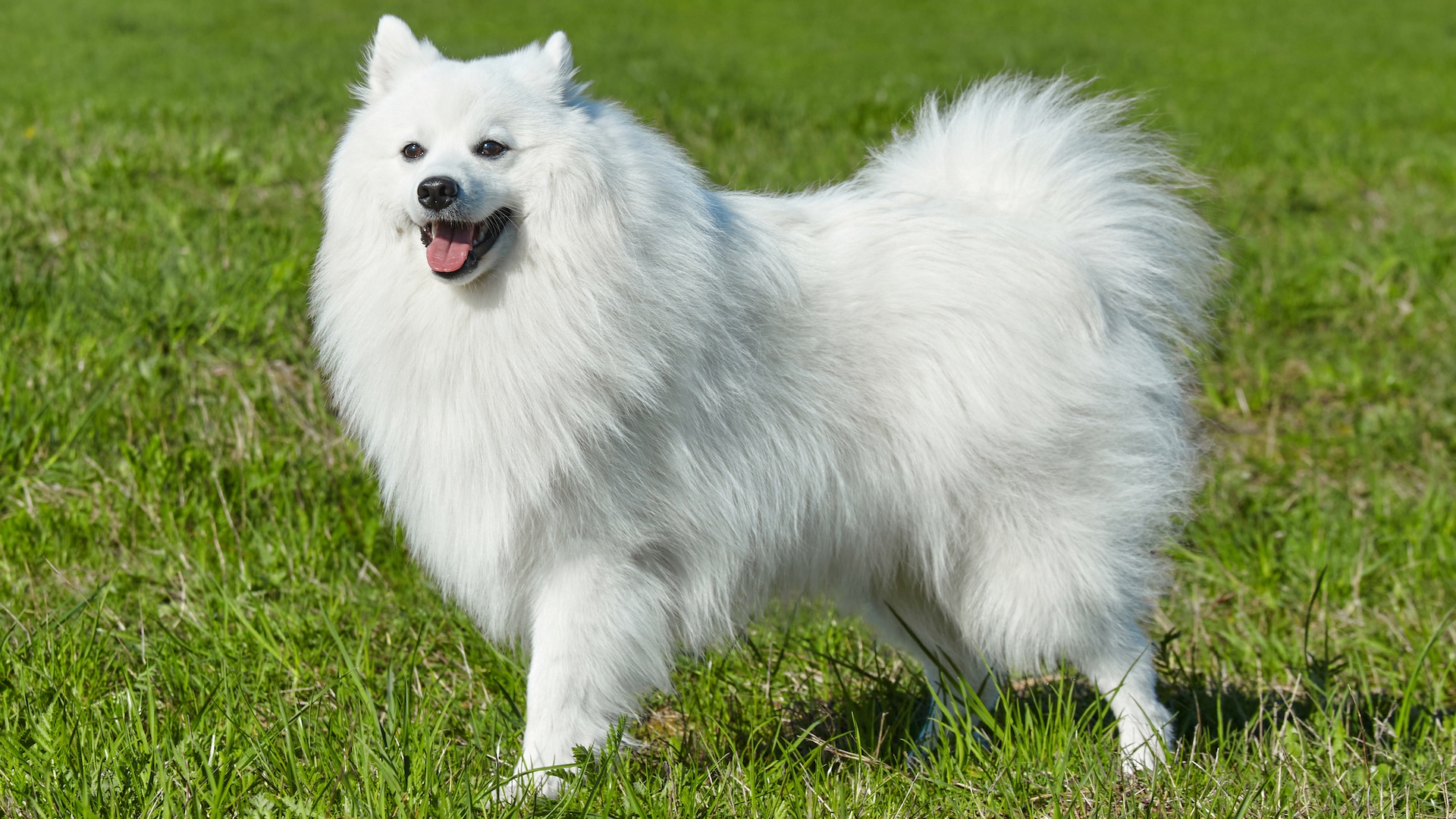
You only have to look a Japanese Spitz in the eye and you’ll want to smile. They are true people-pleasers: fluffy, loyal, fun and affectionate with all the family. And while they have Japanese in their name, their roots really lie in Germany – having first been imported around 1920.
They have a cute, foxy look with triangular ears and a curly tail, like most spitz breeds, while their brilliant white coat with a lion-like ruff is distinctive.
16. Hokkaido
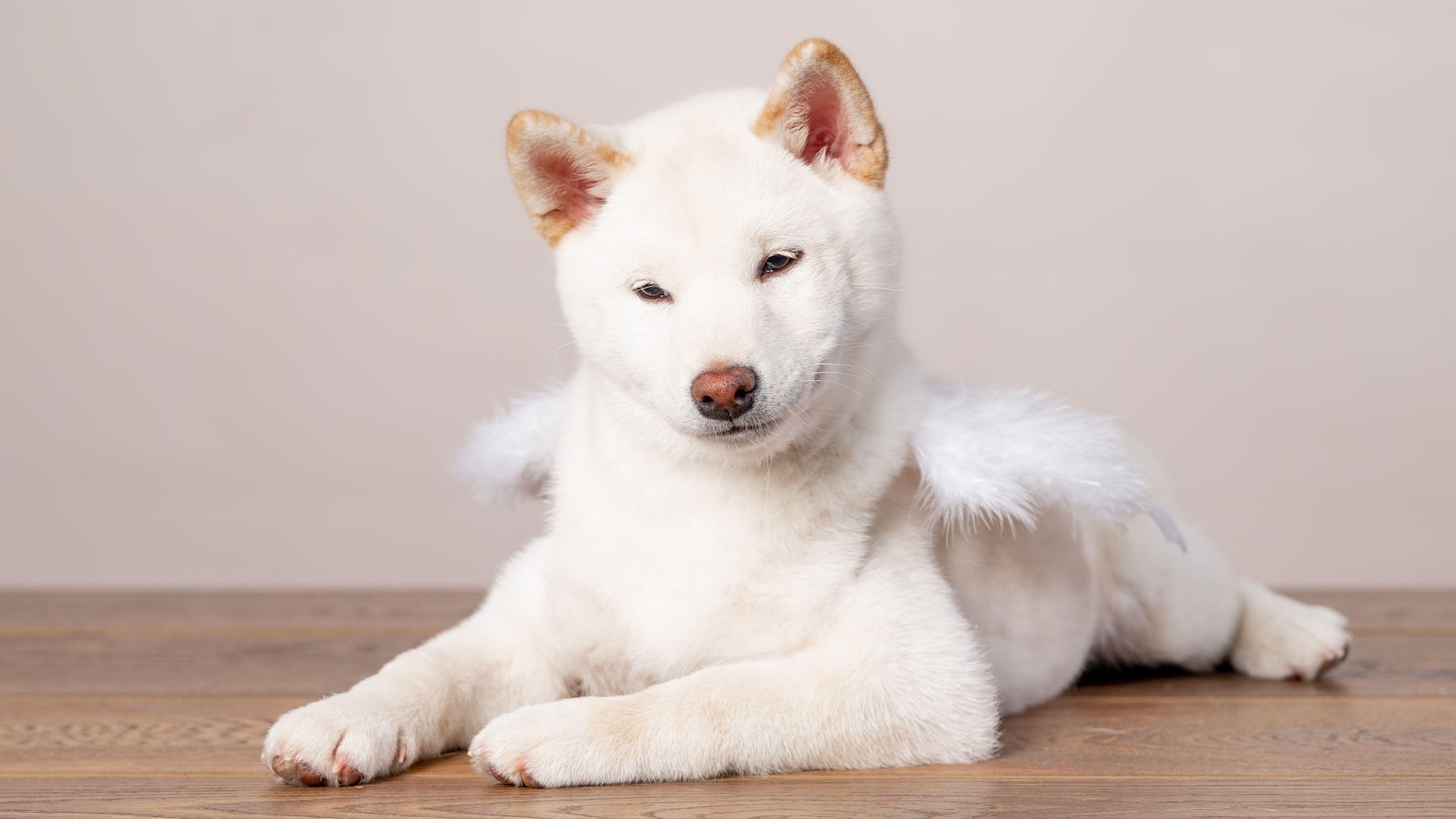
Almost unheard-of outside its native Japan, the Hokkaido is a loyal and docile breed that lives to protect its family. They have a spitz-type appearance, with a dense coat, foxy ears and a curled tail, and their presence in Japan is believed to date way back to the 12th century when they were used for hunting and as guard-dogs.
They have the status of “living natural monument” in their homeland, highlighting their cultural significance.
17. Thai Bangkaew
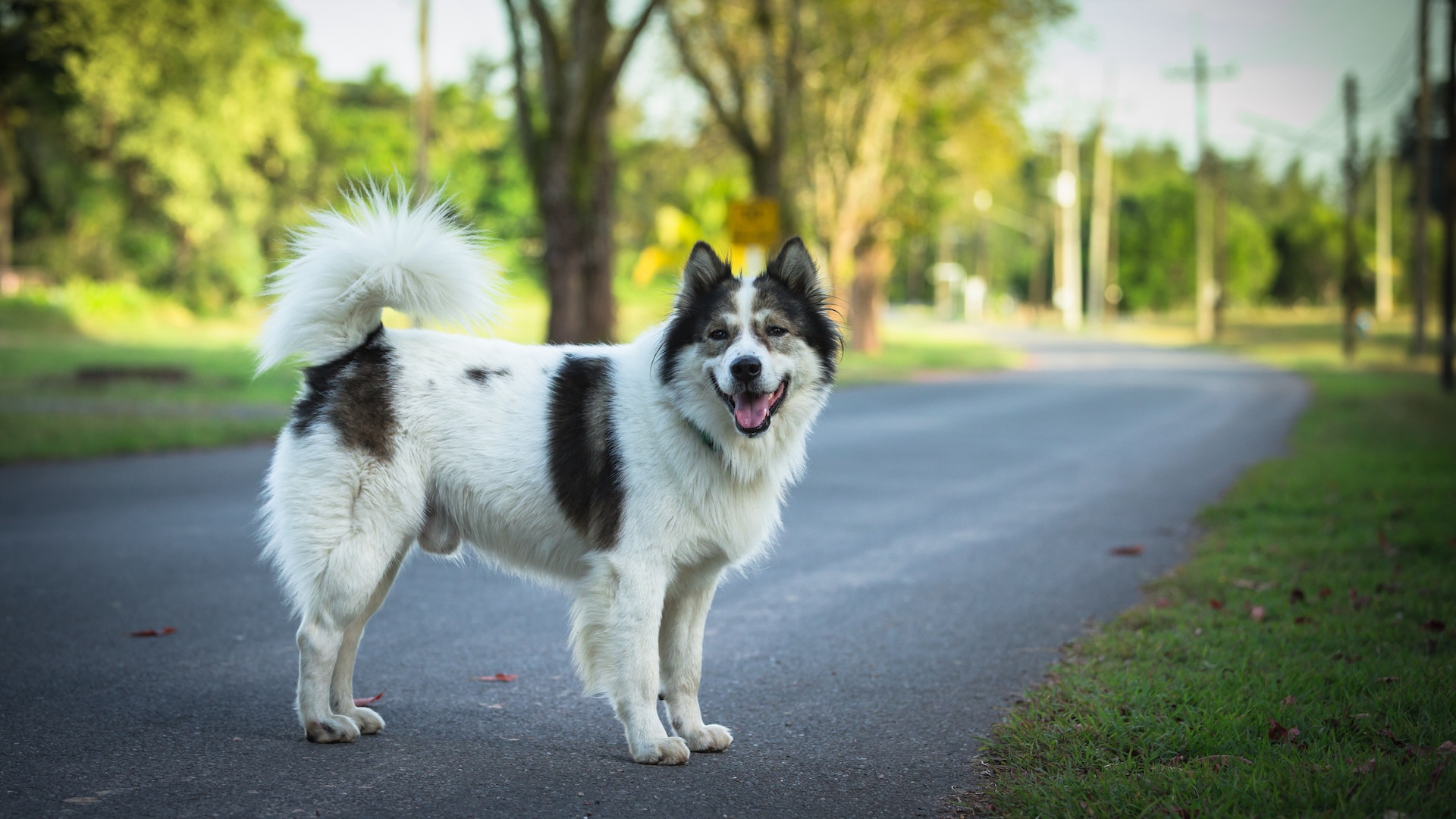
The Thai Bangkaew is little recognised outside his homeland. While they are an official breed according to the Federation Cynologique Internationale , they were only accepted into the American Kennel Club’s foundation stock service in 2023.
A spitz-type with a plumed curly tail and dense coat, they hail from Bangkaew in central Thailand. They are said to have descended from a Buddhist abbot’s dog and crossed with a wild dog. They are intelligent, very protective over their own people and known to be tricky to train. One for the experts!
18. Formosan Mountain dog

The Formosan Mountain dog – also known simply as the Taiwan dog – is the only native breed of Taiwan. This loyal and intelligent dog was developed to hunt small game in Taiwan’s mountainous terrain and as such they are both bold and hardy as well as working faithfully alongside humans.
While rare – even in their homeland – they are an athletic and eye-catching breed, often with a brindle coat, beautiful almond eyes, pricked ears and sickle tail.
Like several other Asian breeds, they are not yet officially recognized by the American Kennel Club, but since 2017 have been listed in the foundation stock service.
19. Tosa
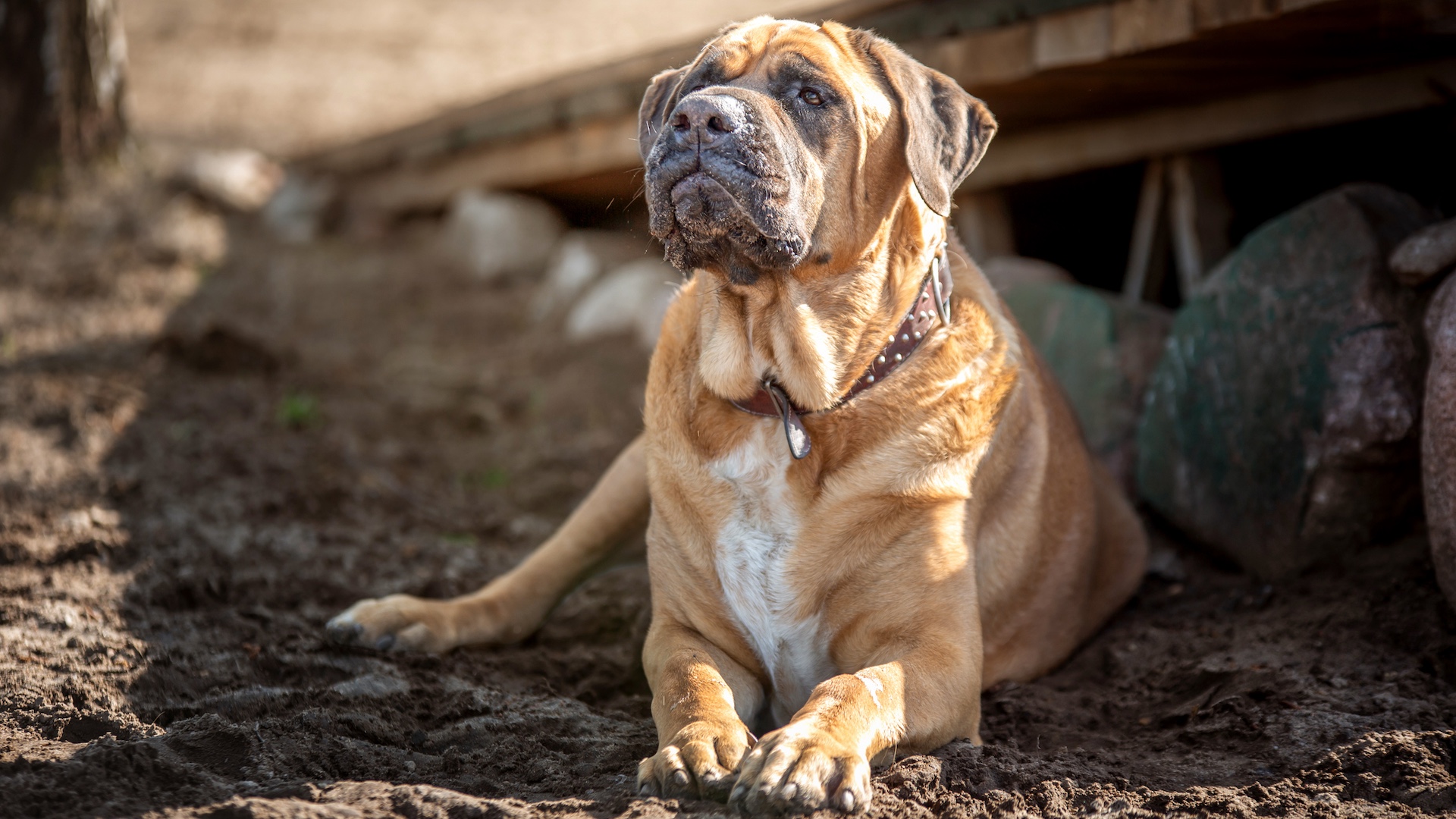
Listed in the American Kennel Club’s foundation stock service since 1997, the Tosa has a varied reception outside its homeland of Japan. Also known as the Japanese Mastiff, it is banned or restricted in several countries (such as the UK, Australia, Ireland, Denmark, Norway and New Zealand) due to its reputation as a fighting dog.
In reality, the Tosa tends to be calm, dignified and quiet. While they were indeed once bred for fighting, nowadays they are more commonly used as watchdogs, being vigilant, imposing and bold.
20. Kintamani-Bali
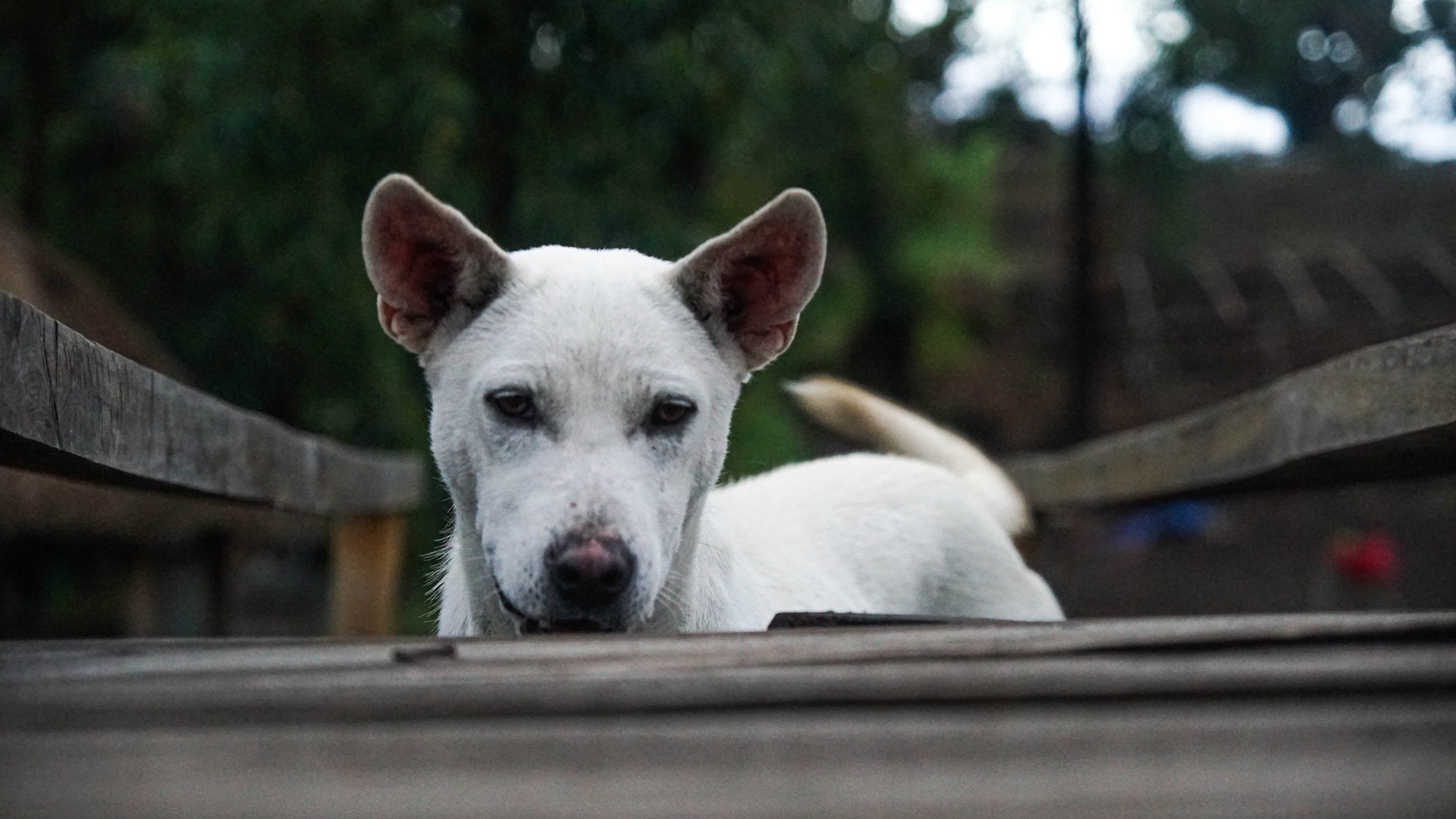
In a 2005 study, the Kintamani dog was described as an emerging breed from Bali, Indonesia, according to a study. It is in fact an established mix of many different breeds, including the chow chow, Bali street dogs and Australian dingoes. But since 2019, the Kintamani has been officially recognised as a breed by the FCI, on a provisional basis.
Although it’s a newly official, the Kintamani-Bali’s heritage goes back some 3,000 years. As befits a dog with feral origins, they tend to thrive living on the streets, but can also be affectionate and gentle around humans and are popular as pets in their homeland.
Martha is an experienced journalist working in both print and digital media. She specializes in the canine, equine and rural sphere where she has covered a wide range of topics from cloning animals and the ingredients for a perfect yard dog, to helping owners find the best canine GPS trackers on the market. When she’s not busy writing about dogs and horses, she’ll be found either aboard a horse or looking after the menagerie of pets in her care.
